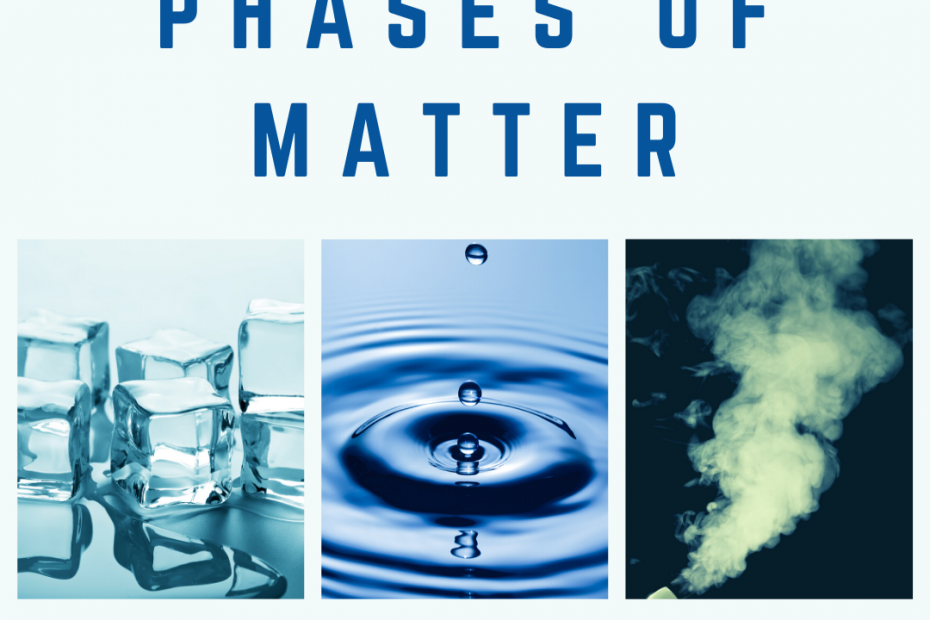The four classical states of matter are solid, liquid, gas, and plasma.
Modern Physics identifies additional states of matter – Bose-Einstein condensate, among others.
The Particle Model:
The particle model represents particles by small, solid spheres. Using these spheres, it describes the motion, energy, and arrangement of particles in a substance. The model can then be used to explain the physical properties of solids, liquids and gases.
